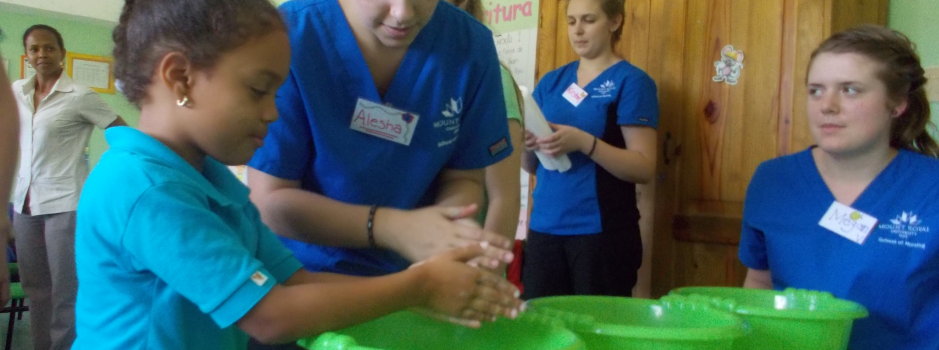A leader in innovative teaching strategies and outstanding practical instruction, Mount Royal University School of Nursing and Midwifery prepares adult learners to make a difference in the health and well being of Canadians.
The SoNM offers the following programs: Bachelor of Nursing, Bachelor of Midwifery, the Bridge to Canadian Nursing and the Advanced Studies in Critical Care Nursing Certificate.
Our Vision: Inspiring nurses and midwives to make a difference
Mount Royal University
As Calgary’s oldest post-secondary institution, Mount Royal University has been helping students reach their full potential since 1910. Though Mount Royal may be nearly 100 years old, it’s far from old-fashioned. Modern facilities, small class sizes, accessible instructors and current curricula that meet industry standards are just a few of the reasons Mount Royal confidently fulfills its vision: Creating exceptional learning experiences for a world of possibilities.
As one of Canada’s leading undergraduate universities Mount Royal also believes in:
- Personalized teaching and services of highest quality.
- Education as an instrument for individual, community and economic development.
- Open communication, honesty, integrity, respect for individuals.
Mount Royal is a co-educational, non-denominational and publicly supported post-secondary institution. Not only do graduates leave with a well rounded knowledge base and strong critical thinking skills, many enjoy a 100% related work employment rate.
Mount Royal operates under the provincial Post-secondary Learning Act.

Calgary
In its more than 100 year history, Calgary has grown from a frontier settlement to an energetic, world class city.
In 1875 the Northwest Mounted Police built Fort Calgary (named after Calgary Bay on Scotland’s Isle of Mull) to make way for the Canadian Pacific Railway. Shortly after, in 1883, the railway arrived in Calgary. The offer of free “homestead” land brought thousands of settlers, businessmen and tourists to the area.
In 1894 the City of Calgary incorporated, and with a population of 6,000 officially became a city. From 1896-1914 the population steadily increased. Agriculture and ranching became key components of the local economy.
In 1912 the world renowned Calgary Stampede was started by the “Big Four” ranchers as a small rodeo and agricultural event. By 1919 it had grown into “The Greatest Outdoor Show on Earth”, still held annually in July.
Oil became a key player in Calgary with two oil discoveries: the first in 1914 in Turner Valley, 30 miles south of Calgary, and the second in 1947 at Leduc, near Edmonton. Both discoveries solidified Calgary as the “oil and gas capital of Canada” and fueled the city of growth.
Today Calgary is a vibrant, lively city, home to many attractions and businesses. And although our city continues to grow, with more than a million inhabitants, Calgary remains a big city with a small town feel.
